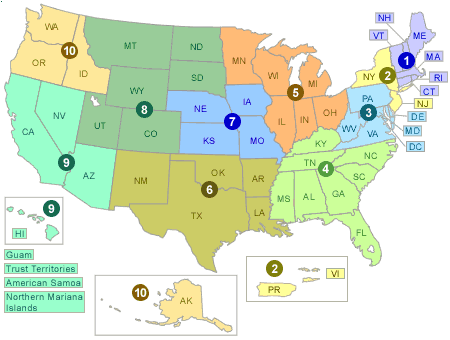Underground Injection Control (UIC) program
The UIC program, or Underground Injection Control program, is a regulatory framework established by the U.S. Environmental Protection Agency (EPA) under the Safe Drinking Water Act (SDWA). This program is designed to protect underground sources of drinking water (USDWs) from contamination that may result from the injection of fluids or materials into the subsurface. The UIC program aims to ensure that underground injection activities do not pose a threat to the quality and safety of drinking water supplies. More information can be found on EPA website: https://www.epa.gov/uic
The UIC program categorizes injection wells into different classes based on the nature of the injected fluids and the potential risk to underground sources of drinking water. The classes include:
- Class I Wells: These wells are used for the disposal of hazardous and non-hazardous wastes into deep geological formations. They are subject to the strictest regulatory controls.
- Class II Wells: These wells are used for the injection of fluids associated with oil and natural gas production. Examples include wastewater disposal wells and enhanced oil recovery (EOR) injection wells.
- Class III Wells: These wells are used for the injection of fluids for the extraction of minerals, such as solution mining for salt or uranium.
- Class IV Wells: This class includes shallow wells used for the disposal of hazardous or radioactive waste. Class IV wells have been largely phased out and are prohibited in most cases.
- Class V Wells: These are miscellaneous wells that do not fit into the other classes and include a wide range of activities like septic system leach fields, stormwater drainage wells, and motor vehicle waste disposal wells.
- Class VI Wells: These wells are designed for the injection of carbon dioxide (CO2) into deep underground geological formations for the purpose of long-term storage or sequestration.
The UIC program establishes a permitting process for injection well operators. Depending on the well class and potential risks, operators may need to obtain permits that specify operating conditions, monitoring requirements, and other safeguards to protect USDWs. The UIC program includes technical standards and guidelines for well construction, operation, and maintenance to ensure the integrity of injection wells and prevent leaks or contamination. The guidelines for each type of well can be found at: https://www.epa.gov/uic/underground-injection-control-regulations
Operators of injection wells are required to monitor the injection process and the surrounding environment to detect any signs of potential contamination. They must report data to regulatory authorities. The EPA and state environmental agencies enforce UIC regulations through inspections, audits, and enforcement actions, including fines and penalties for non-compliance.
Overall, the UIC program plays a crucial role in safeguarding underground sources of drinking water and protecting public health by regulating the injection of fluids into the subsurface. It helps prevent contamination of drinking water supplies and ensures that injection activities are conducted in an environmentally responsible and safe manner.
The UIC program encourages public participation and transparency by providing opportunities for public comment on permit applications and regulatory changes. It also requires operators to inform nearby communities about injection activities. The EPA operates through ten regional offices, with each office responsible for supervising UIC activities at the state, territory, and tribal levels. Visit https://www.epa.gov/uic to access specific local UIC information pertaining to:
- Public notifications
- Permitting and registration
- Tribal interests
- Regional UIC guidance materials
- Contact details


